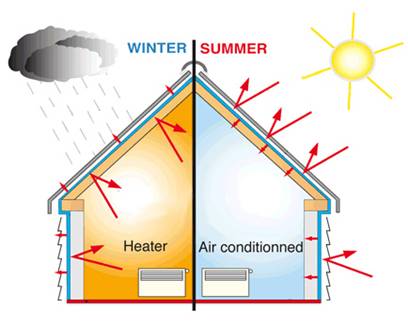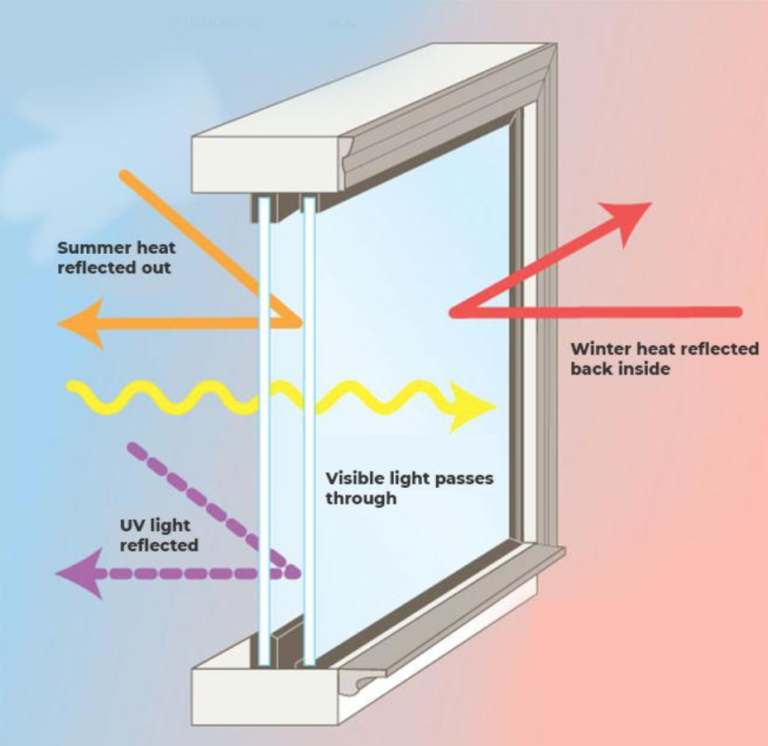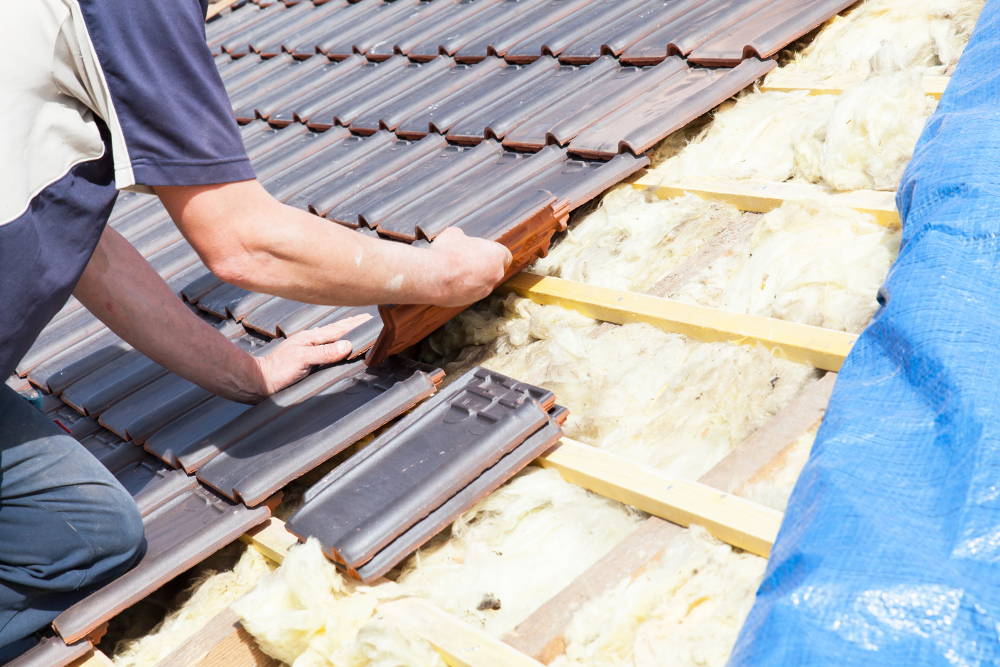Saving energy in your home is an important step in reducing your carbon footprint and lowering your utility bills. One way to do this is by choosing the right materials for your home’s construction and renovation projects. In this article, we will discuss the top materials that can help you save energy in your home.
Insulation
Insulation is one of the most important materials you can use to save energy in your home. Insulation helps to keep your home warm in the winter and cool in the summer by preventing heat loss and gain. There are several types of insulation available, including fiberglass, cellulose, and spray foam. Each type has its own benefits and drawbacks, so it’s important to choose the one that is best suited for your home.

Windows
Windows are another key area where you can save energy in your home. Windows can account for up to 25% of a home’s heat loss in the winter, and up to 30% of a home’s heat gain in the summer. To reduce this heat loss and gain, you should consider installing energy-efficient windows. These windows are made with special coatings that reflect the sun’s rays, and they are also designed to reduce heat loss.

Roofing
The roof of your home is also an important area to consider when trying to save energy. A poorly insulated roof can cause heat loss in the winter and heat gain in the summer, which will result in higher utility bills. To reduce this heat loss and gain, you should consider using a reflective roofing material. This type of roofing material reflects the sun’s rays, which can help to keep your home cooler in the summer.

Siding
The siding of your home can also play a big role in energy efficiency. Siding can help to keep your home warm in the winter and cool in the summer by preventing heat loss and gain. There are several types of siding available, including vinyl, wood, and fiber cement. Each type has its own benefits and drawbacks, so it’s important to choose the one that is best suited for your home.

Doors
Like windows, doors are another important area to consider when trying to save energy in your home. Doors can account for up to 15% of a home’s heat loss in the winter, and up to 20% of a home’s heat gain in the summer. To reduce this heat loss and gain, you should consider installing energy-efficient doors. These doors are made with special coatings that reflect the sun’s rays, and they are also designed to reduce heat loss.

Lighting
Lighting is another area where you can save energy in your home. Incandescent bulbs use a lot of energy, while compact fluorescent bulbs and LED bulbs use much less energy. By switching to more energy-efficient lighting, you can save a significant amount of money on your utility bills.

Appliances
The appliances in your home can also play a big role in energy efficiency. To save energy, you should consider using Energy Star-rated appliances. These appliances are designed to use less energy than standard appliances, which can help to lower your utility bills.

Water Heating
Water heating is another area where you can save energy in your home. To save energy, you should consider using an Energy Star-rated water heater. These water heaters are designed to use less energy than standard water heaters, which can help to lower your utility bills.
In conclusion
choosing the right materials for your home’s construction and renovation projects can help you save energy and lower your utility bills. By using insulation, energy-efficient windows and doors, reflective roofing and siding materials, energy-efficient lighting and appliances, and an energy-efficient water heater, you can achieve great levels of saving energy in you home.
